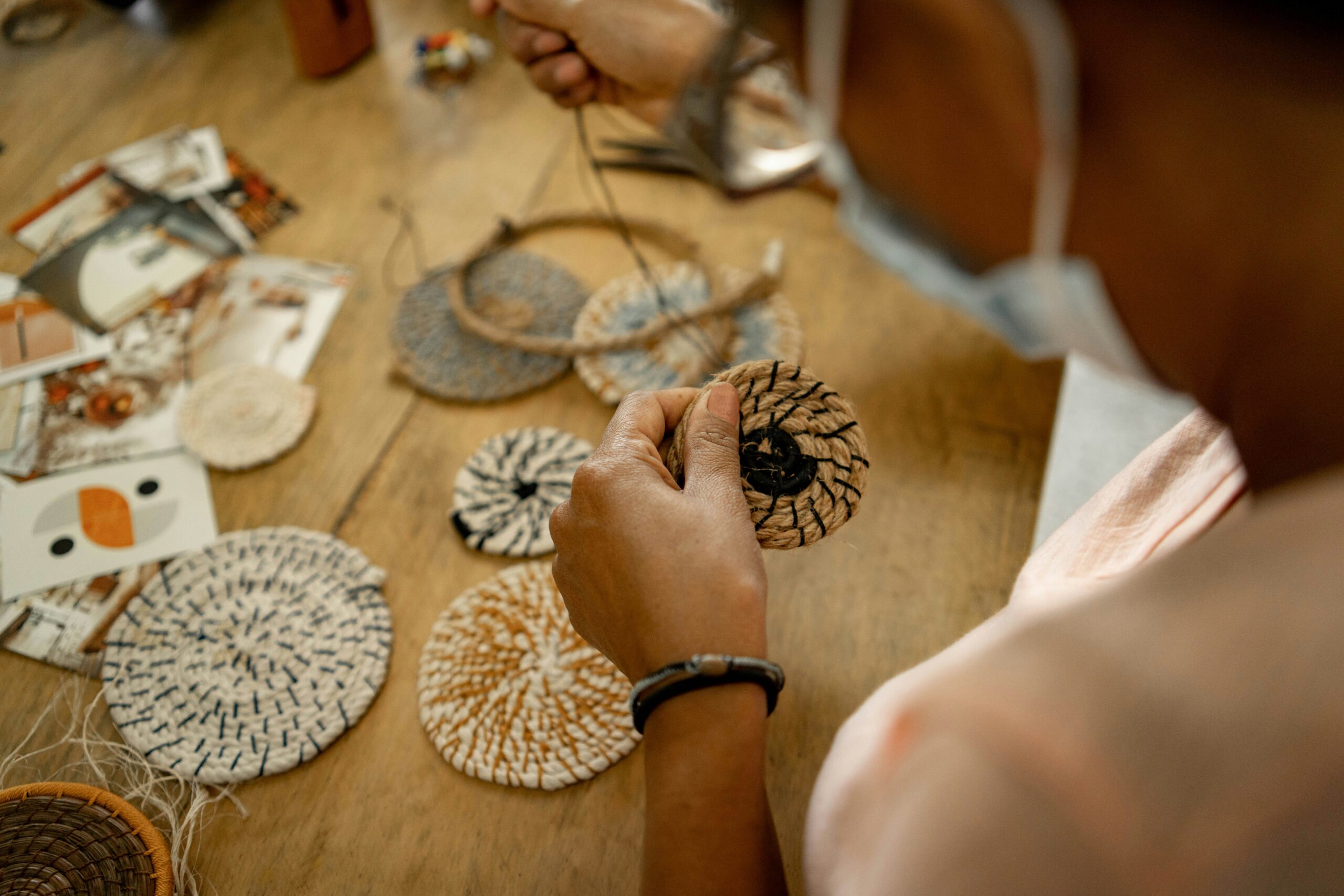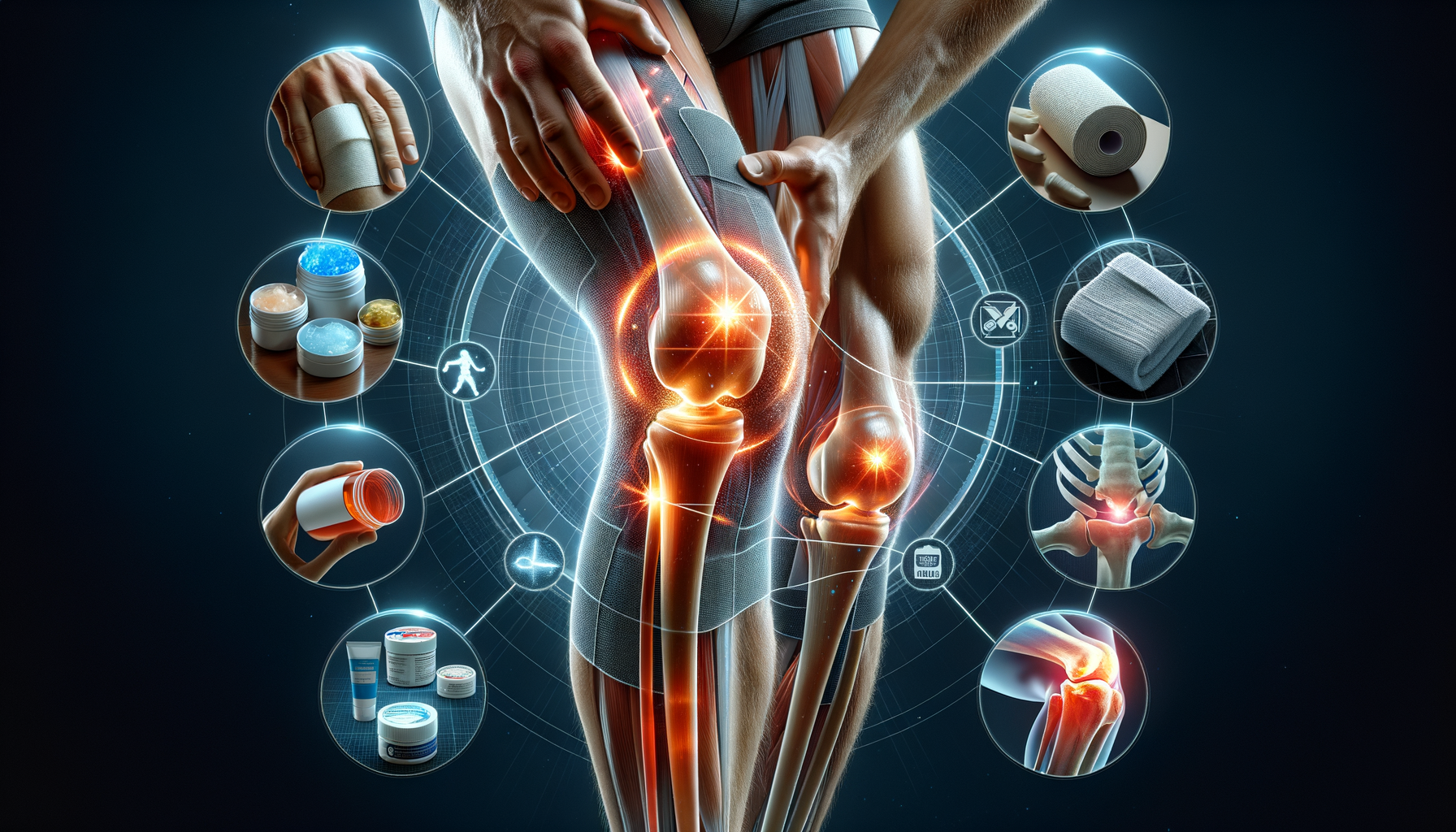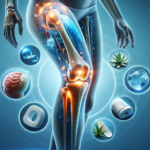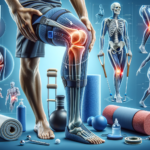Understanding Knee Pain: Causes and Impact
Knee pain is a common ailment affecting individuals of all ages, but its prevalence increases with age. In Texas, the warm climate and active lifestyles contribute to both the enjoyment and wear on the knees. The knee joint is a complex structure, comprising bones, cartilage, ligaments, and tendons. This complexity makes it susceptible to various injuries and conditions.
Common causes of knee pain include osteoarthritis, tendonitis, bursitis, and ligament injuries. Osteoarthritis, a degenerative joint disease, is particularly prevalent among older adults. It occurs when the cartilage that cushions the knee joint wears down over time, leading to pain and stiffness. Tendonitis and bursitis, on the other hand, are often the result of repetitive motion or overuse, causing inflammation in the tendons and bursae.
The impact of knee pain extends beyond physical discomfort. It can significantly affect an individual’s quality of life, limiting mobility and hindering daily activities. For those involved in sports or physically demanding jobs, knee pain can be particularly debilitating. Understanding the root causes of knee pain is crucial in seeking effective treatment options.
Conventional Treatments: Pros and Cons
Conventional treatments for knee pain often involve a combination of medication, physical therapy, and in severe cases, surgery. Non-steroidal anti-inflammatory drugs (NSAIDs) are commonly prescribed to reduce inflammation and alleviate pain. While effective in the short term, prolonged use of NSAIDs can lead to gastrointestinal issues and other side effects.
Physical therapy plays a vital role in strengthening the muscles around the knee, improving flexibility, and enhancing overall joint function. Therapists design personalized exercise programs that target specific areas of weakness or imbalance. However, physical therapy requires commitment and time, which can be challenging for individuals with busy schedules.
Surgical interventions, such as arthroscopy or knee replacement, are considered when conservative treatments fail to provide relief. While surgery can offer significant improvements, it carries risks and requires a lengthy recovery period. Additionally, not all patients are suitable candidates for surgery, particularly those with underlying health conditions.
While conventional treatments have their place, they may not address the underlying causes of knee pain for every individual. This has led many to explore alternative options that focus on holistic approaches and natural remedies.
Exploring Alternative Treatments for Knee Pain
In recent years, there has been a growing interest in alternative treatments for knee pain, particularly among those seeking natural and holistic approaches. These treatments often emphasize lifestyle changes, dietary adjustments, and natural therapies that aim to reduce inflammation and promote healing.
One popular alternative treatment is acupuncture, an ancient practice that involves inserting thin needles into specific points on the body. It is believed to stimulate the body’s natural pain-relieving mechanisms and improve blood flow to the affected area. Many individuals report significant pain reduction and improved mobility after undergoing acupuncture sessions.
Another promising approach is the use of supplements such as glucosamine and chondroitin. These compounds are naturally found in the body and play a role in maintaining healthy cartilage. Studies have shown that they may help reduce pain and improve joint function, although results can vary from person to person.
Dietary changes can also have a profound impact on knee health. Incorporating anti-inflammatory foods such as fatty fish, leafy greens, and nuts can help reduce inflammation and support joint health. Additionally, maintaining a healthy weight is crucial, as excess weight places additional strain on the knees.
Alternative treatments offer a more personalized approach to managing knee pain, focusing on the individual’s overall well-being rather than just the symptoms. By combining these methods with conventional treatments, individuals can find a balanced and effective strategy for pain relief.
Conclusion: Finding the Right Balance
For those living with knee pain in Texas, understanding the various treatment options is essential in finding effective relief. While conventional treatments provide valuable solutions, exploring alternative methods can offer additional benefits and address the root causes of pain. By integrating both approaches, individuals can create a comprehensive plan that enhances their quality of life and promotes long-term joint health.
Ultimately, the key to managing knee pain lies in a personalized approach that considers the individual’s unique needs and lifestyle. Whether through conventional medicine, alternative therapies, or a combination of both, there is hope for those seeking relief from knee pain. With the right support and guidance, it is possible to regain mobility and enjoy a more active, pain-free life.








